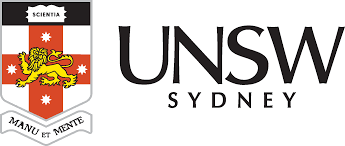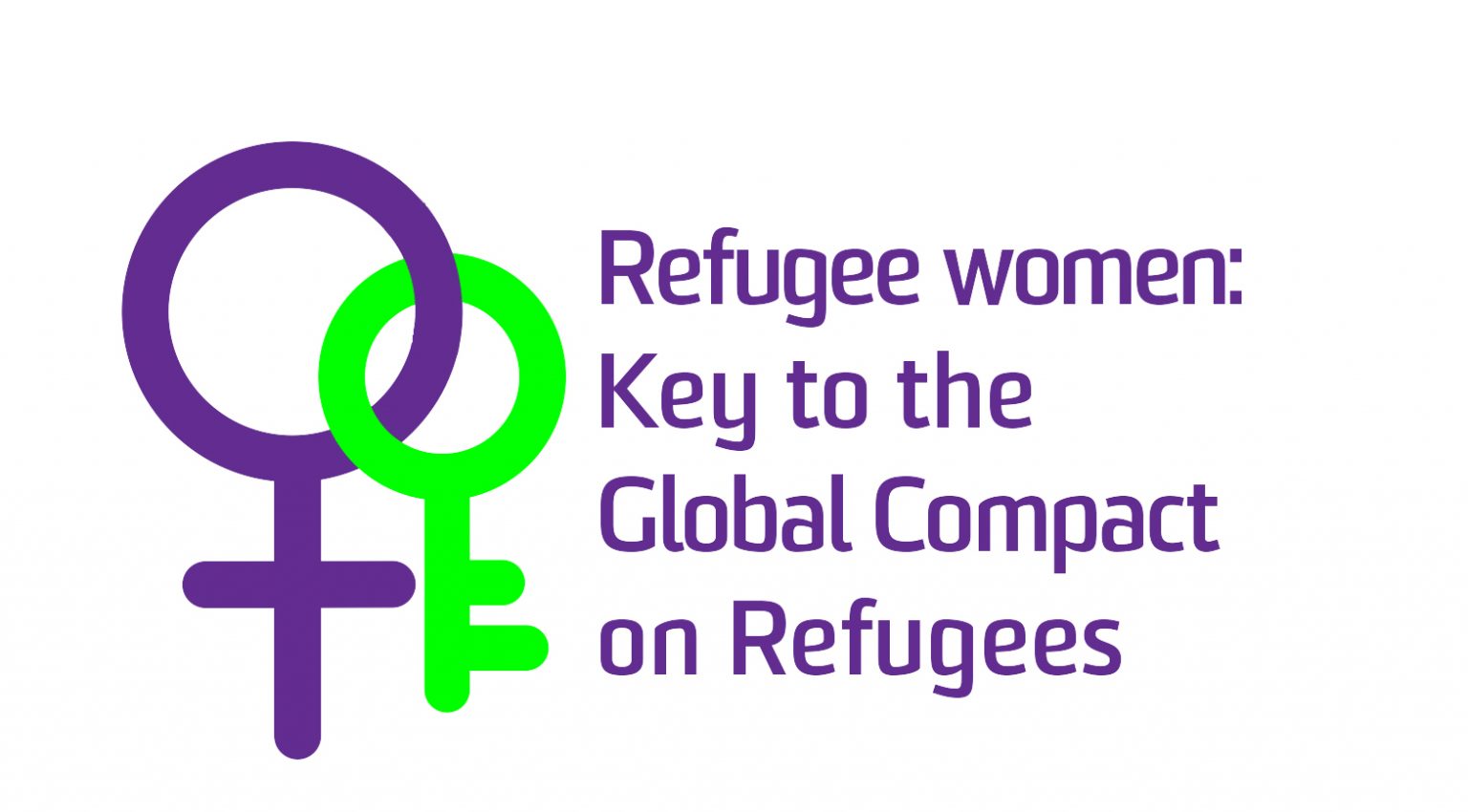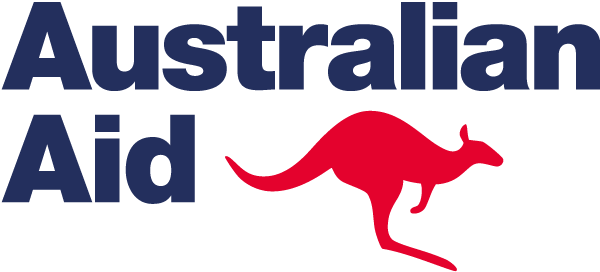Jump to section:

A. Training Notes
A major challenge in reaching out to include refugees from very diverse backgrounds, is to gain access to groups who are not usually included in meetings organised by stakeholders who have power. This includes by people from all levels of formal organisations, and gate-keepers in the refugee communities.
Aims
The aim of this module is to ensure that the voices of ALL refugees are heard, including those who are still in refugee camps and urban sites, those who do not speak English, who might be pre-literate, those who are socially isolated and for various reasons live on the fringes of their own communities.
Suggested Timing for this Module
The exercises Gaining Access to Diverse Groups, will take 1 hour, the Identity Labels exercise 2 hours. We suggest that you allocate a minimum of half a day to undertake the Matrix exercise, and a further half day to do Storyboarding.
Lived Experience – A useful definition
Valuing and acknowledging refugee lived experience is an approach that places refugees and their lived experiences at the centre of thinking. This refugee lived experience approach requires that policy, program development, service delivery and decision-making processes ensures refugees can actively participate and influence the outcome of their hopes, aspirations, and dreams. RCOA: https://www.refugeecouncil.org.au/wellbeing-lived-experience/
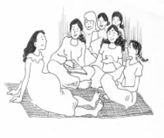
B. PowerPoint Slides
This Power Point presentation will take the group through the rationale for the module, and introduce the Tools and exercises which can assist in reaching out to diverse groups of refugees to ensure their experience is respected and included in decision making. Do as many of the exercises as can be accommodated in the time available, preferably using real life examples. Please familiarise yourself with the background readings before presenting the slides.
C. Tools to ensure the inclusion of lived experience of the majority of refugees
Community Consultations to which a wide range of people are invited is one way to access diverse groups. (See Community Consultations – session 3 in Reciprocal Research). Another is to seek out groups and organisations which target women and girls, SGBV survivors, LGBTQI+ communities, refugees with a disability, youth, children and older refugees and other diverse groups and make sure they get a chance to have their voices heard. This takes time resources and effort, and often meets with resistance from some people who wish to preserve the status quo. However, if we really want to acknowledge and respect ‘lived experience’ this has to be done. The following Tool will help identify the steps which need to be taken,
Gaining access to diverse groups
In order to harness refugee lived experience at all levels, The Matrix Exercise, and Story Boards can be used. Using story boards allows for the engagement of refugees who cannot read and write but whose lived experience can provide a huge body of knowledge to inform service provision.
Lived Experience Matrix Exercise
Lived Experience Storyboard Exercise
Identity Lables Exercise
The exercises on Identity Layers and Identity Labels in the AGD Resource kit in Module 4 are also useful to enable stakeholders, including refugees, examine the impact these layers and labels have on the ability of refugee women to be included in decision making and have their voices heard.
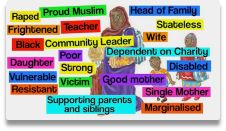
D. Background reading on the challenges and value identified in accessing and respecting the full range of ‘Lived experience’
Please read these notes before running this training module. They provide information which informs the PowerPoint slides, and might help you answer questions from Participants.
They can also be given as Handouts.
